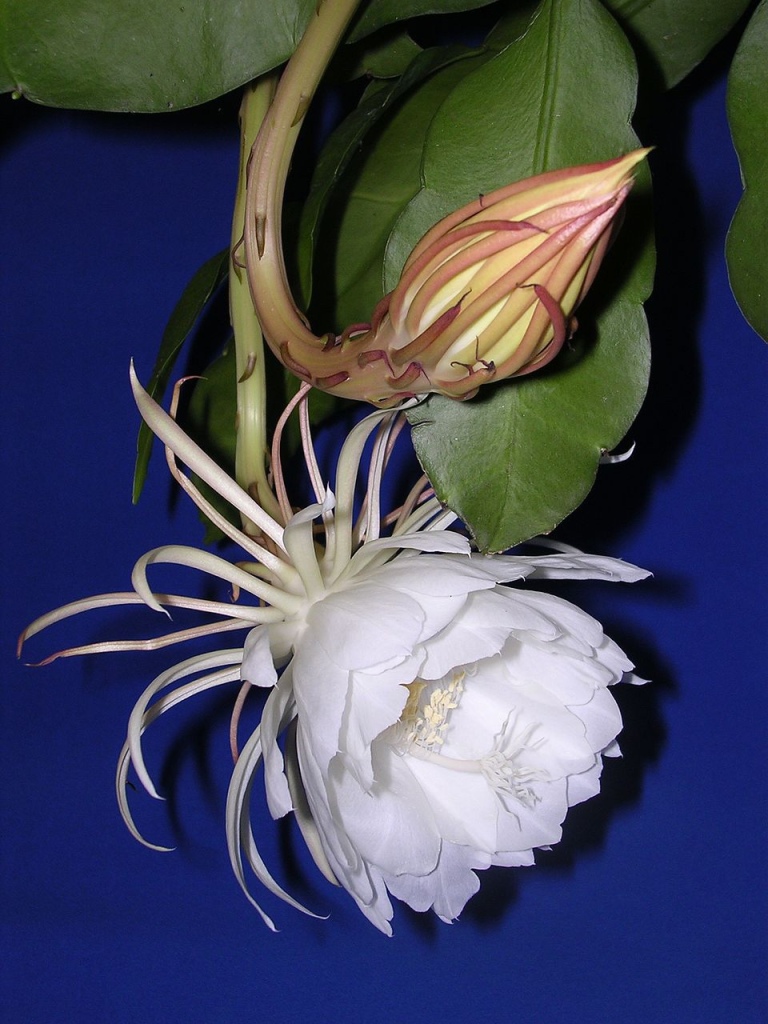
Starkland S-236
Every Starkland release is an event and this one is no different. This is a composer new to this writer and likely new to most of the new music community. But fear not of the unknown. Advance praise from the likes of John Chowning (one of the reigning bright lights of electronic music) of Stanford certainly add a heady air of anticipation as we are now privileged to hear what is definitely leading edge and the future of electroacoustic composition. And Starkland releases always feature carefully chosen repertoire which is not infrequently a harbinger of success for the chosen artist. This young Japanese composer reveals a distinctive voice that heralds her as a rising star in the field of what is called by some “electroacoustic” music.
The only problem for listeners or reviewers is the fact that this is a new composer. And though she is clearly a rising star we know very little about her and her work so a bit of background is necessary.
Suzuki was born in Japan. She studied at the estimable Jacobs School of Music at Indiana University where she earned a B.A. in music. She followed this with a D.M.A.. from Stanford University where she was mentored by the late great Jonathan Harvey (1939-2012). Another stellar antecedent and influence, John Chowning, the composer and sound engineer whose work has virtually defined electronic music synthesis as we now know it. He provides appreciative and insightful liner notes on this former student.
I do feel the need to express a disclaimer here regarding the musical genre known as “electroacoustic”. This has been, for me personally, an entertainment minefield. Attempts to join electronics with acoustic instruments go back at least to Edgar Variese (1883-1965) who used electronic interpolations (produced on magnetic tape) between the orchestral sections of his work Deserts (1950-54). This parallel construction strategy (electronic segments performed/played separate from acoustic instrument sections) seems to have had an echo in the so called “Third Stream” music promoted by Gunther Schuller. Third Stream compositions sometimes similarly segregated the jazz combo with the orchestral sections of a given work. This strategy, now seldom used, was innovative in its time but sounds very dated in this new millennium, There are, however, shining examples of more successful integration of electronic and acoustic media such as Mario Davidovsky’s (1937-2019) ten “Synchronisms”and some of Milton Babbit’s (1916-2011) works. There are others of course but that discussion is beyond the scope of this review.
Suffice it to say that many attempts at combining electronics with acoustic instruments have failed to tickle this listener’s fancy and made me skeptical of this genre though that is changing the more I listen (so its not clear if my perceptions are due to better composition techniques or my learning curve). But be not afraid.
This album, no doubt due to the many successful antecedents of works by the likes of Mr. Harvey and Mr. Chowning, is successful enough in its construction as to suggest it may be a landmark in the evolution of said genre. It certainly works for this listener and explains my title for this review. In fact this album is a new statement, tantamount to a manifesto on “electroacoustic” music. In addition to clearly having mastered the electronics (including judicious use of technology), Suzuki also writes for acoustic instruments from her native Japan. She even uses paper instruments. And in music that deals with elegy, evanescence, and impermanence her choices are most apt.

This is the first disc devoted entirely to Suzuki’s work and no label, save for Starkland, Innova, and the newly revived Neuma can be said to be more notable in their attention to electronic and electroacoustic work. Works do appear on other labels of course but Starkland Innova, and Neuma seem to have a more efficient curatorial radar with this genre. I certainly feel confident that we will hear much more from this hard working, emerging artist.
There is a theme of darkness, homage, mystery, and sadness that pervades this album. It is about night, darkness, loss, and cherished memories. But darkness does not here translate to sadness, rather it seems to be about what follows sadness and honoring those memories.

There are 7 compositions represented on 7 tracks:

Epiphyllum Oxypetalum (Queen of the Night) (2009) takes its title from the Latin taxonomic name of the above pictured Dutchman’s Pipe or, more elegantly, Queen of the Night cactus. It is a nocturnal blooming species, a perfect choice for this non-narrative tone poem about the composer’s dreams. These aural images stand in for the visuals that only the dreamer can fully recall but can hopefully elicit in the listener.
Inspired by a 1933 essay, “In Praise of Shadows” (2015), is a eulogy about evanescence. It is simultaneously about the visual importance of shadow in eastern visual art and the relative loss or obscuring of those images as they are impacted by modern technology. We lose the shadows when we light them but lose their impact as they succumb to it. In a marvelously clever parallel metaphor the composer makes use of paper instruments as a part of the sonic fabric. Their impermanence is also their value here.
Minyo (1997), the earliest composition here incorporates Japanese folk songs commonly sung by workers and incorporates some of the acoustic instruments which commonly accompany these songs. Here the use of electronics is fairly subtle, sometimes imitative augment the acoustic string quartet. Doubtless the songs used would be more familiar to native Japanese but this hardly detracts from the beauty of this work, an homage of sorts to the Melodie’s and instruments of the composer’s native land.
Automata (Mechanical Garden) is an homage to the late Folkmar Hein, former director of the Electronic Music Studio at TU Berlin. The piece uses mechanical sounds of increasing complexity, mechanical devices evolving in complexity to become automatic, perhaps a mechanical analogue of a golem not (at least not yet) out of control as the golem of legend.
Reservoir (2013) is a 24 channel work for voice and electronics. It was inspired by an anonymous post on a “suicide blog” (I didn’t know such things existed). The text of the anonymous poster, the replies, and presumably the poster have all disappeared. This, perhaps the most complex and ambitious piece featured here, is a remarkably powerful work and, appropriately, the texts are provided in English.

Sagisō (2012) is a miniature representing this fringed orchid species native to Japan. It is said by some to represent a White Egret in flight.

Shimmer, Tree (In Memoriam Jonathan Harvey) (2014) is a two movement work in honor of one of Suzuki’s cherished mentors who died in 2012. It is a sort of mini concerto for piano and electronics. This is the longest and, to this listener’s ears, the most forward looking and substantial work on the disc. Harvey would have been proud.
The Spektral Quartet (in Minyo), tenor/countertenor Javier Hagen (in Reservoir), and pianist Cristina Valdes discharge their duties admirably. The album is mixed and produced by the composer and mastered by the inimitable Silas Brown.
This listener looks forward with eager anticipation to more from this fine composer.
DISCLAIMER: Though I received this album well before it’s 2022 release date, I was unable to complete my review in a timely manner. I did, however, include this release in my “best of” for 2022.
